📢 The DNA Genes And The Genetic Code
The instructions that determine all the characteristics and functions of an organism are found in its genetic material: DNA (deoxyribonucleic acid).
The knowledge of DNA, its structure and function, was decisive for the development of modern biotechnology.
The double helix structure of DNA, proposed by researchers James Watson and Francis Crick in 1953, provided answers to many questions about inheritance. He predicted the self-replication of the genetic material and the idea that the genetic information was contained in the sequence of the bases that make up the DNA. Moreover, over the years and investigations, it was determined that all living beings contain a similar DNA, formed from the same units: nucleotides. This genetic code by which cell instructions are "written" is common to all organisms. That is, the DNA of a human being can be "read" into a bacterium, and a plant can interpret the genetic information of a different plant. This property of genetic information is known as "universality of the genetic code".
The universal genetic code is one of the basic concepts to understand the processes of modern biotechnology. For example, the possibility of generating transgenic organisms, and that the instructions of the DNA of an organism can determine new characteristics in totally different organisms.
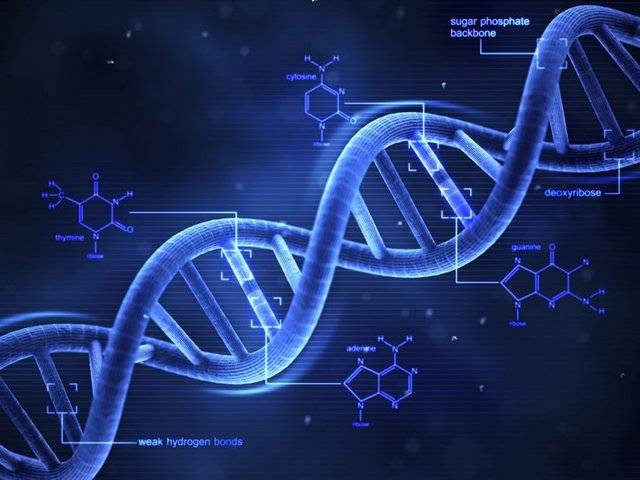

The structure of DNA
DNA is organized into chromosomes. In eukaryotic cells chromosomes are linear, while prokaryotic organisms, such as bacteria, have circular chromosomes. For each species, the number of chromosomes is fixed. For example, humans have 46 chromosomes in each somatic cell (non-sexual), grouped in 23 pairs, of which 22 are autosomes and one pair is sexual. A woman will have a pair of XX sex chromosomes and a male will have an XY pair.
Each chromosome has two arms, located above and below the centromere. When chromosomes are duplicated, prior to cell division, each chromosome is made up of two DNA molecules linked by the centromere, known as sister chromatids.
DNA is made up of two chains, each made up of nucleotides. Each nucleotide, in turn, is composed of a sugar (deoxyribose), a phosphate group and a nitrogenous base. The nitrogenous bases are four: adenine (A), thymine (T), cytosine (C), and guanine (G), and always an A faces a T and a C faces a G in the double chain. The opposing bases are said to be complementary. The DNA adopts a double helix shape, like a spiral staircase where the sides are chains of sugars and phosphates connected by "steps", which are the nitrogenous bases. The DNA molecule is associated with proteins, called histones, and is very coiled and compacted to form the chromosome.
The double helix of DNA with complementary nitrogenous bases that are located inward and establish non-covalent bonds (or attractive forces) with each other that maintain the structure of the molecule. Deoxyribose (sugars) and phosphate groups constitute the columns of the molecule.

How are instructions written in the DNA interpreted?
The information is stored in the DNA in the sequence code of bases A, T, C and G that combine to originate "words" called genes. Genes are fragments of DNA whose nucleotide sequence codes for a protein. In other words, a particular type of protein is manufactured (synthesized) from the information "written" in that DNA fragment. Although, in fact, genes also carry the information necessary to make RNA molecules (ribosomal and transfer) that are involved in the process of protein synthesis. RNA (ribonucleic acid) is a molecule with a structure similar to DNA.
A gene is not a structure that is seen but is defined at a functional level. It is a sequence that will start somewhere in the DNA and will end in another. To know a gene is sequenced, the amount of nucleotides that form it and the order in which they are located are determined.
All the cells of an organism have the same genome, or set of genes. But, in each cell the genes that are used are expressed. For example, although a skin cell has all the genetic information just like the liver cell, only those genes that give skin characteristics will be expressed on the skin, while genes that give liver characteristics will be there "off" " In contrast, genes that give "liver" traits will be active in the liver and inactive in the skin. What is not used is mostly compacted. This packaging can be temporary or definitive.
The synthesis of proteins
Proteins are macromolecules that fulfill varied functions. There are structural proteins, others are enzymes, others transport oxygen such as hemoglobin, there are proteins involved in the immune defense, such as antibodies, others fulfill functions of hormones such as insulin, etc.
Just as DNA is composed of nucleotides, proteins are composed of amino acids. There are 20 different amino acids, and each protein has a particular amino acid sequence.
The process of protein synthesis basically consists of two stages: transcription and translation. In the first stage, the "words" (genes) written in the DNA in the language of the nucleotides are copied or transcribed to another molecule, the messenger RNA (mRNA). Then, in the next stage, the mRNA is translated into the language of the proteins, that of the amino acids. This flow of information is known as the "central dogma of biology."
En ocasiones, la placa esternal se aplica a personas con alto riesgo, como aquellas que han tenido múltiples cirugías o personas de edad avanzada. La placa esternal es cuando el esternón se vuelve a unir con pequeñas placas de titanio después de la cirugía.

The transcript
During transcription, the RNA polymerase enzyme copies the sequence of a strand of DNA and makes an RNA molecule complementary to the transcribed DNA fragment. The process is similar to DNA replication, but the new molecule that forms is single-stranded and is called RNA. It is called messenger RNA because it will carry the information of the DNA to the ribosomes, the organelles responsible for making the proteins. RNA, or ribonucleic acid, is similar to DNA but not the same. RNA differs from DNA in that it is single chain, instead of deoxyribose sugar it has ribose, and instead of the nitrogenous base thymine, (T), it has uracil (U).
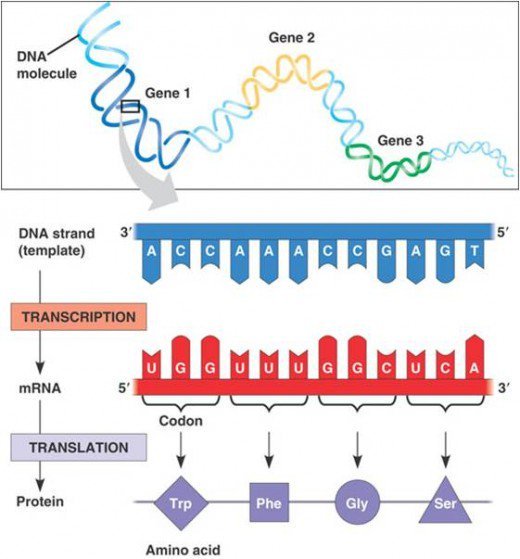
The translation and the genetic code

DNA and modern biotechnology

References Of Investigation:
Introduction to Biotechnology - Unit 1
structure and function of dna
Book
Richard R. Sinden. (1994). DNA Structure and Function. Michigan: Best Books, Inc.
Video: DNA cloning and recombinant DNA | Biomolecules | MCAT | Khan Academy
All images have the proper permission for their publication and each one has its source.

|| @ocd || @anomadsoul || @acidyo || @ocd-resteem || @pharesim || @vortac || @cervantes || @hendrikdegrote || ¡Vote for witness! Here: https://steemit.com/~witnesses

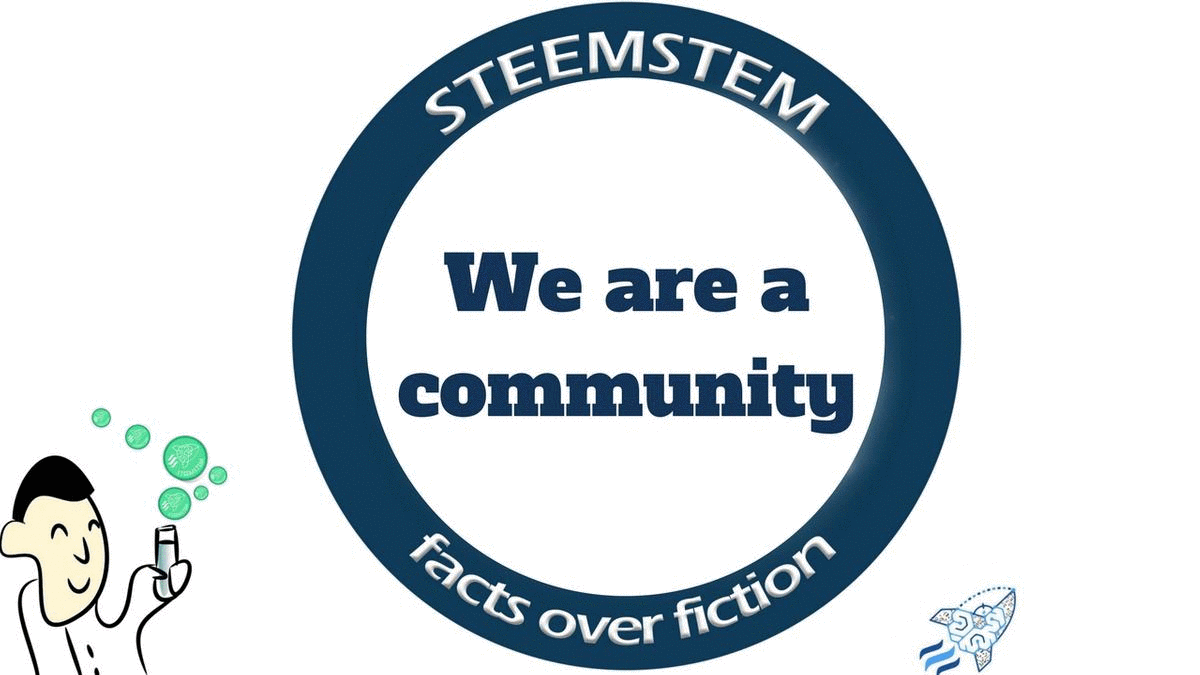
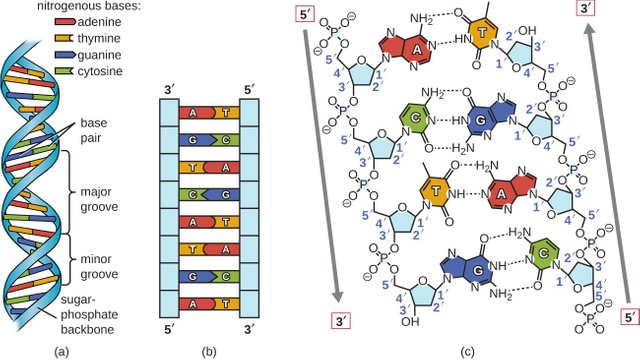
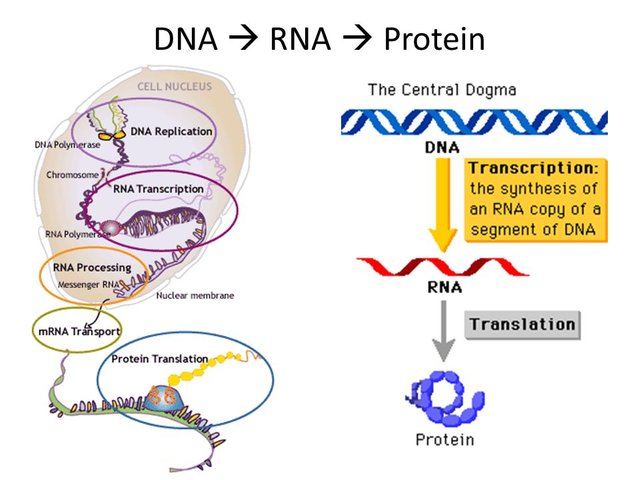
You got a 1.84% upvote from @upmewhale courtesy of @caracasfrases!
Earn 100% earning payout by delegating SP to @upmewhale. Visit http://www.upmewhale.com for details!
You have been defended with a 11.57% upvote!
I was summoned by @caracasfrases.
You got a 14.77% upvote from @nado.bot courtesy of @caracasfrases!
Send at least 0.1 SBD to participate in bid and get upvote of 0%-100% with full voting power.
Your formatting got broken in your final few paragraphs
yes, I had that little mistake, it was already corrected thank you very much for the support.
Looks wonderful now. Clean and professional.
Hi @caracasfrases!
Your post was upvoted by utopian.io in cooperation with steemstem - supporting knowledge, innovation and technological advancement on the Steem Blockchain.
Contribute to Open Source with utopian.io
Learn how to contribute on our website and join the new open source economy.
Want to chat? Join the Utopian Community on Discord https://discord.gg/h52nFrV
great article ,thanks
Congratulations @caracasfrases! You have completed some achievement on Steemit and have been rewarded with new badge(s) :
Click on the badge to view your Board of Honor.
If you no longer want to receive notifications, reply to this comment with the word
STOP